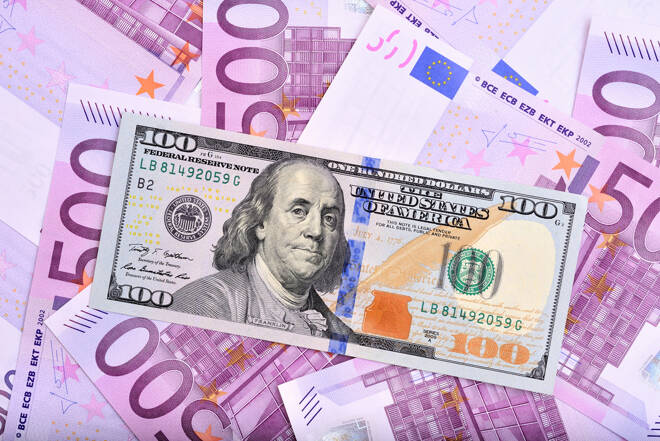Advertisement
Advertisement
German Industrial Production Fails to Send the EUR Deeper into the Red
By:
Economic data from Germany failed to sink the EUR this morning. The markets continue to look ahead to NFP numbers from the U.S, due out later today.
Following upbeat German private sector PMI and factory order numbers this week, industrial production was in focus this morning.
German Industrial Production
In June, industrial production fell by 1.3%, month-on-month, following on from a 0.8% decline in May. Economists had forecast a 0.5% rise in the month.
According to Destatis,
- Production in industry excl. energy and construction was down 0.9%.
- Within industry, the production of capital goods fell 2.9%, with the production of intermediate goods declining by 0.9%.
- By contrast, the production of consumer goods jumped 3.4%.
- Outside industry, energy production fell 0.6%, with production in construction declining 2.6%.
- Compared with the same month a year earlier, production was up 5.1%.
- When compared with February 2020, however, production was 6.8% lower.
Market Impact
Ahead of today’s numbers, the EUR had risen to a pre-stat and current day high $1.18360 before falling to a pre-stat and current day low $1.18185.
In response to today’s stats, the EUR fell to a post-stat low $1.18232 before rising to a post-stat high $1.18269.
At the time of writing, the EUR was down by 0.07% to $1.18260.
Next Up
Trade data from France and industrial production figures from Italy ahead of NFP numbers from the U.S.
About the Author
Bob Masonauthor
With over 28 years of experience in the financial industry, Bob has worked with various global rating agencies and multinational banks. Currently he is covering currencies, commodities, alternative asset classes and global equities, focusing mostly on European and Asian markets.
Advertisement
